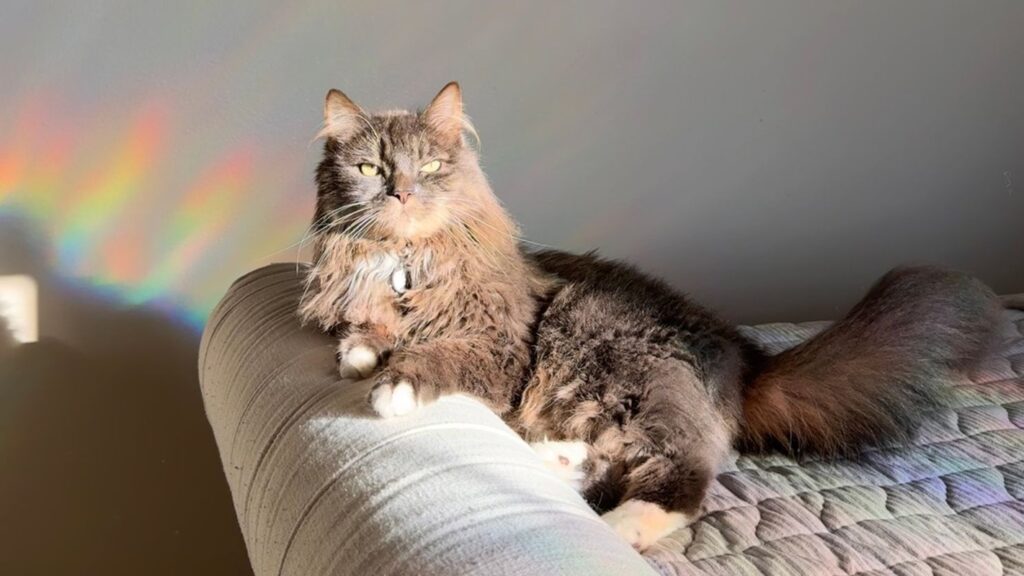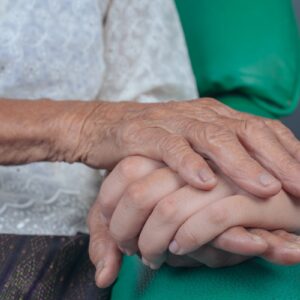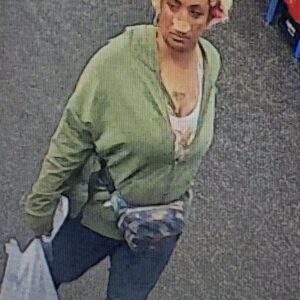Since 2022, more than 80 domestic cats—primarily barn cats on dairy farms, feral cats, and outdoor pets—have been confirmed to have contracted H5N1 bird flu in the U.S. Most likely became infected through hunting diseased rodents or wild birds.
However, recent cases indicate that even indoor cats are at risk, with some contracting the virus after eating raw pet food or drinking unpasteurized milk. Tragically, some infected cats did not survive.
Is Bird Flu a Risk to Humans?
So far, H5N1 has not evolved to spread efficiently among people, and there are no recorded cases of cat-to-human transmission in the current outbreak.
However, virologist Angela Rasmussen warns that because we snuggle, sleep, and share spaces with our cats, they pose a potential public health risk if infected. She emphasizes that reducing the risk for your cat also reduces the risk for yourself.
Signs of Bird Flu in Cats
Veterinary experts, including Michael Q. Bailey of the American Veterinary Medical Association, urge pet owners to watch for H5N1 symptoms in cats, which include:
- Runny nose and eye discharge
- Neurological issues (dizziness, seizures)
- Rabies-like symptoms (which could lead to mandatory euthanasia in suspected cases)
Why Feeding Cats Raw Food or Unpasteurized Milk Is Risky
Many pet owners believe raw diets and unpasteurized milk are more natural and nutritious, but experts strongly disagree. The American Veterinary Medical Association (AVMA) discourages raw feeding due to risks of foodborne pathogens like salmonella, listeria, and now H5N1 bird flu.
The FDA recently mandated stricter pet food safety regulations after an Oregon case linked a cat’s death to frozen turkey-based raw pet food from Northwest Naturals. The virus in the pet food genetically matched the H5N1 strain in the infected cat.
Similarly, five cats from two households in Los Angeles County tested positive for bird flu after consuming unpasteurized milk from Raw Farm dairy. Both Northwest Naturals and Raw Farm have issued voluntary recalls, though Raw Farm claims the concern is “a political issue.”
Related: Rare Corpse Flower Blooms in Australia, Emitting Pungent Odor

Keeping Your Pets Safe
Veterinarians recommend the following precautionary measures to reduce your cat’s risk of H5N1 infection:
✅ Avoid raw pet food and unpasteurized milk – Choose commercially processed kibble or canned food, as the cooking process kills viruses.
✅ Keep cats indoors – Prevent hunting or contact with infected wildlife.
✅ Ensure vaccinations are up to date – Protect against other zoonotic diseases, including rabies.
✅ Monitor for symptoms – Seek immediate veterinary care if your cat shows signs of bird flu.
Could Bird Flu Mutate and Spread More Easily?
One of the biggest concerns in the scientific community is the potential for mutation or reassortment—where two flu viruses swap genetic material, possibly creating a more contagious or dangerous strain.
Virologist Suresh Kuchipudi explains that if an infected cat passes H5N1 to a human who also has seasonal flu, there’s a possibility of a new hybrid virus emerging. While the risk remains low, experts stress the need for ongoing surveillance.
Should Dog Owners Be Concerned?
Unlike cats, dogs appear to be less susceptible to H5N1. While some cases have been reported internationally, there are no confirmed dog infections in the U.S. so far.
However, Kuchipudi notes that cat behaviors—such as drinking unpasteurized milk, hunting wild birds, and living in large feral colonies—put them at higher risk than dogs.
Final Thoughts: How to Protect Yourself and Your Pets
Since wild birds continue to spread H5N1, there’s little that pet owners can do to eliminate exposure entirely. However, experts emphasize that small changes in pet care habits—like keeping cats indoors and avoiding raw pet food—can significantly reduce the risk of infection.
As Rasmussen puts it, “There’s a lot you can do to keep bird flu out of your home.”






